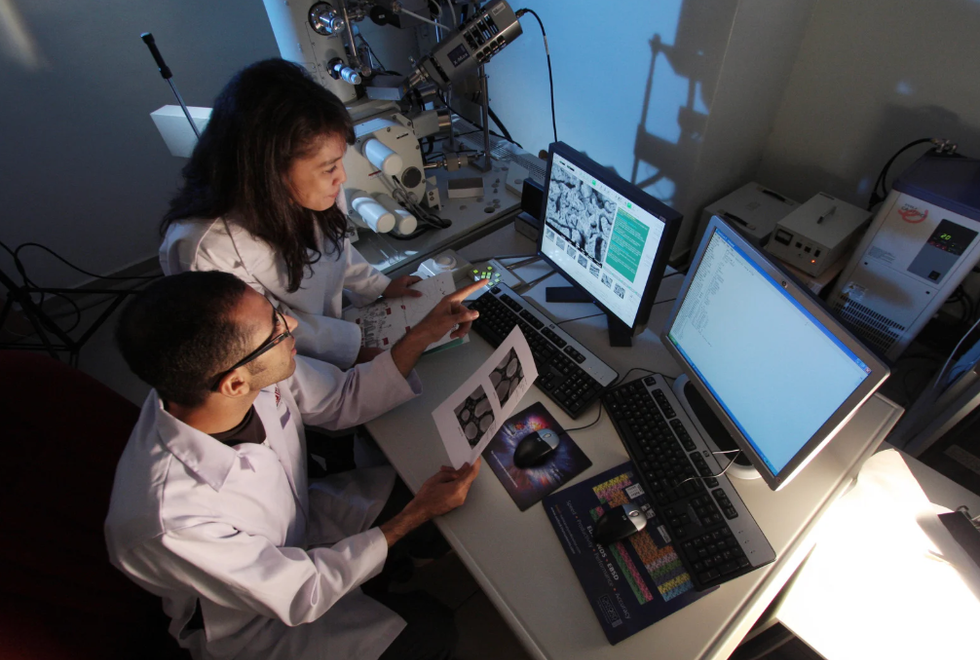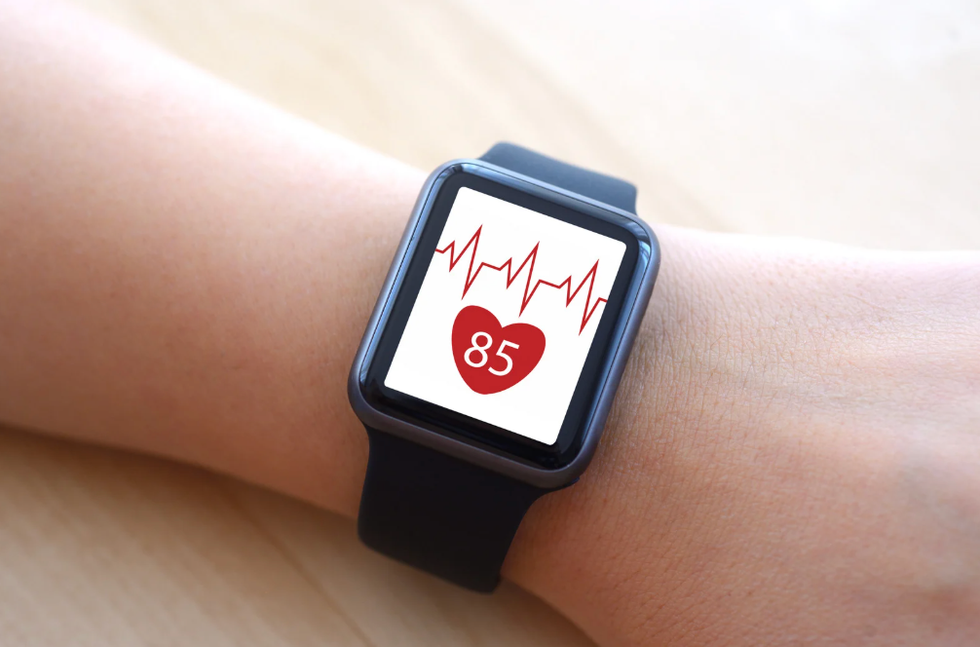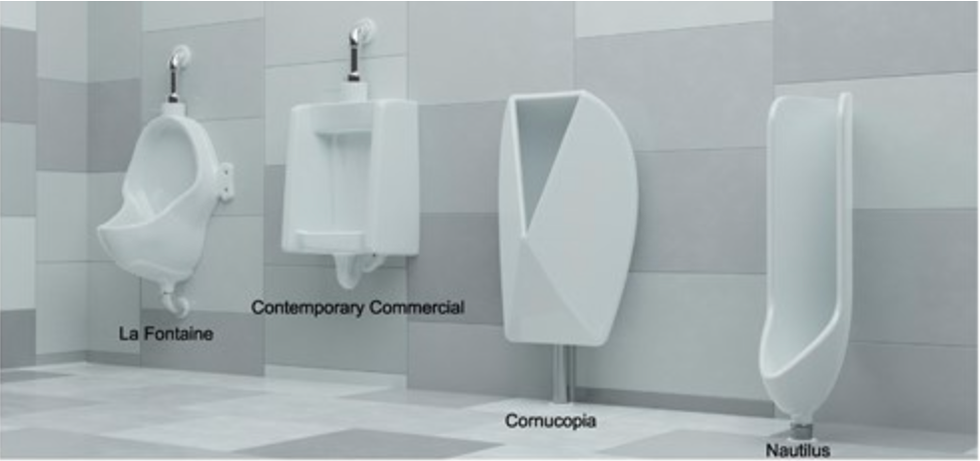A new scientific study at the University of Southampton and UWE Bristol is showing the potential of wearable electronic fabric that is both sustainable and biodegradable. Teaming up with researchers from the universities Exeter, Cambridge, Leeds and Bath, these scientists have created and tested an inkjet-printed, eco-friendly e-textile they’ve dubbed “Smart, Wearable, and Eco-friendly Electronic Textiles,” or SWEET for short. E-textiles are fabrics embedded with electrical components such as batteries, lights, or sensors. They may be used in fashion, sportswear, and other clothing to do tasks such as charge your phone or even monitor your heart.
It is a budding and promising technology, however there is a primary issue with its disposal. Prior to this study, the clothing made from these electronic-friendly fabrics wouldn’t decompose in our ever-growing landfills. As CBS News and other media outlets have reported, there is already a growing concern about regular fast-fashion clothing being a giant waste product in landfills throughout the world. If possible, it would be best if e-textiles wouldn’t literally add to the pile.

“Integrating electrical components into conventional textiles complicates the recycling of the material because it often contains metals, such as silver, that don’t easily biodegrade,” said Professor Nazmul Karim, leader of the study and professor at the University of Southampton’s Winchester School of Art. “Our potential eco-friendly approach for selecting sustainable materials and manufacturing overcomes this, enabling the fabric to decompose when it is disposed of.”
The team had a number of challenges ahead of them. They not only needed to create an e-textile that delivered its intended function to provide power to heart monitors, but one that can easily biodegrade. Also, while it had to be biodegradable, it still needed to be durable enough for regular wear and not just fall apart as a waste of a person’s money. Thirdly, it also had to be comfortable, too.
The design that the team found success with had three layers: a sensing layer, a layer that would interface with the sensors, and a base fabric. The active electronics in the design were made of graphene and a polymer called PEDOT: PSS that were precision inkjet-printed onto the fabric. The base of the fabric was made of a biodegradable textile made from renewable wood called Tencel.

Five volunteers tested the fabric to monitor their heart rate and temperature by wearing gloves made from the material. The results were a complete success, with the gloves being able to reliably measure the heart rates and temperature of the wearers.
“[This] demonstrates that sustainability doesn’t have to come at the cost of functionality, especially in critical applications like healthcare,” stated Dr. Shaila Afroj, an Associate Professor of Sustainable Materials from the University of Exeter and a co-author of the study.
In terms of its biodegradability, the fabric lost 48% of its weight and 98% of its strength after being buried into soil for only four months. On top of that, a full life cycle assessment of the fabric showed that it had up to 40 times less impact on the environment compared to standard electrodes.

As time goes on and more reliance on wearable technology comes to pass in our day-to-day life, it will be important to both the longevity of our clothing and our planet to continue research into making shirts, pants, hats, and other clothing items to fully charge our small electronics while also improving our health through frequent monitoring. It’s also important to ensure that one step forward towards the future doesn’t turn into one step back in our planet’s health.

















 Rock deterioration has damaged some of the inscriptions, but they remain visible. Renan Rodrigues Chandu and Pedro Arcanjo José Feitosa, and the Casa Grande boys
Rock deterioration has damaged some of the inscriptions, but they remain visible. Renan Rodrigues Chandu and Pedro Arcanjo José Feitosa, and the Casa Grande boys The Serrote do Letreiro site continues to provide rich insights into ancient life.
The Serrote do Letreiro site continues to provide rich insights into ancient life.




 Music isn't just good for social bonding.Photo credit: Canva
Music isn't just good for social bonding.Photo credit: Canva Our genes may influence our love of music more than we realize.Photo credit: Canva
Our genes may influence our love of music more than we realize.Photo credit: Canva
 Great White Sharks GIF by Shark Week
Great White Sharks GIF by Shark Week

 Blue Ghost Mission 1 - Sunset Panorama GlowPhoto credit:
Blue Ghost Mission 1 - Sunset Panorama GlowPhoto credit: